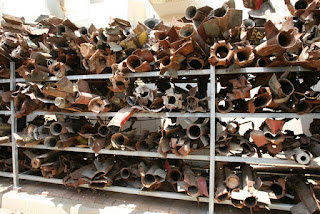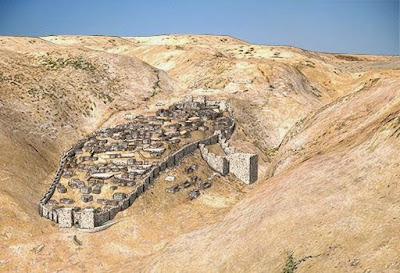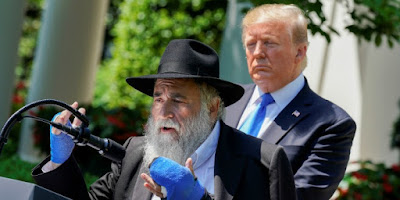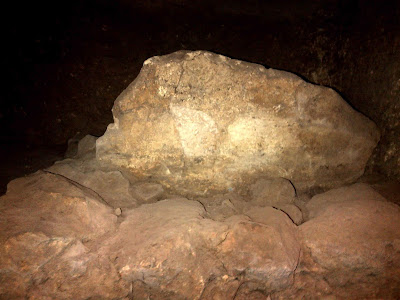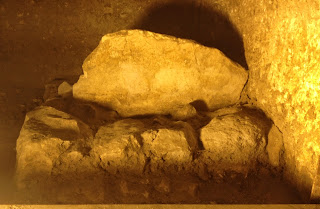Israel Defense Force
Ultra-orthodox recruits
Since 1949 students attending Yeshiva have been exempt from national service and their learning institutions have been eligible for government funded benefits. In 2017 Israel's Supreme Court ruled that a new Draft Law would be required to change the 70 year-old practices of non-Zionist, ultra-orthodox, religious communities by ensuring their greater participation in national service. As Defense Minister Lieberman negotiated with representatives of these communities, but failed to reach an agreement over the inclusion of quota's and penalties for non-adherence. The Rabbinical leaders took umbrage that Lieberman wanted to legislate to ensure their good faith. When Lieberman discovered his Prime Minister supported the Rabbi's, he resigned from office and removed his political party from the coalition sending the country to new elections.
Perhaps the only mandate of last April 9, pre-Passover election was whether Bibi should be indicted while sitting as Prime minister, many more important questions failed to capture the electorate. On April 10 it seemed Bibi would be back with a majority, the initiated knew it would be tough to negotiate and Lieberman would be toughest of all, but very few doubted the formation of a government.
Most Israeli's, including Liberman and Netanyahu have family members that are religious so they may be sympathetic to some national religious laws and practices that impact their secular lives, but for others tolerance is scarce. For Lieberman the secular Jewish State is sacrosanct! Despite low participation the non-Zionist, ultra-orthodox sector has and continues to attract foreign philanthropy that provides a significant boost to Israel's economy. This election must decide whether the secular distrust of these religious leaders, that underscores Lieberman's Draft Law is a legislative necessity. It must also determine Israel's commitment to the US sponsored push for peace and the permanency of a divided Jerusalem.
Jared Kushner's recent, trip to North Africa. the Middle East and Israel crashed into Liberman's iceberg - in the desert. The much anticipated push for Trump's Deal of The Century, was slowed to a crawl first awaiting whether or not Israel will uphold the opinion of their religious leaders. If affirmative, Israel will begin its progressive transformation from a secular-democracy to democratic-theocracy. The religious-center and right wing will be strengthened. Secular voters will be split and the extreme-left will join Liberman in opposition. What that means for peace and the division of Jerusalem is unknown, but support for these issues have never been dependent on Israel's electorate, but its enemies Fatah and Hamas.
In the upcoming pre-Rosh Hashana (Jewish New Year) election, Lieberman's red-line will polarize religious and secular communities. Last April 10 Israel learned its previous election fate, on September 18 it will learn its next decision - both days have interesting history. 5 Nissan/10April, was the day Moses dispatched spies to report about Israel's future land, but their divided opinions caused pandemonium and split the nation. 18 Elul/18 September is strongly associated with the modern movement of orthodox Hasidim:- It's the day the Ba'al Shem Tov and the Alter Rebbe were born and the Maharal of Prague died, all are connected with the Chabad phenomena and worldwide post-war return to Judaism.
I am looking forward to Israel increasing its Torah aware elected representation, which will of course be opposed by secularists. However I believe the nation is returning to its indigenous root and will eventually establish an elected Rabbinical House of Lords that will appoint a King who will build the Temple in Jerusalem!
I am looking forward to Israel increasing its Torah aware elected representation, which will of course be opposed by secularists. However I believe the nation is returning to its indigenous root and will eventually establish an elected Rabbinical House of Lords that will appoint a King who will build the Temple in Jerusalem!


